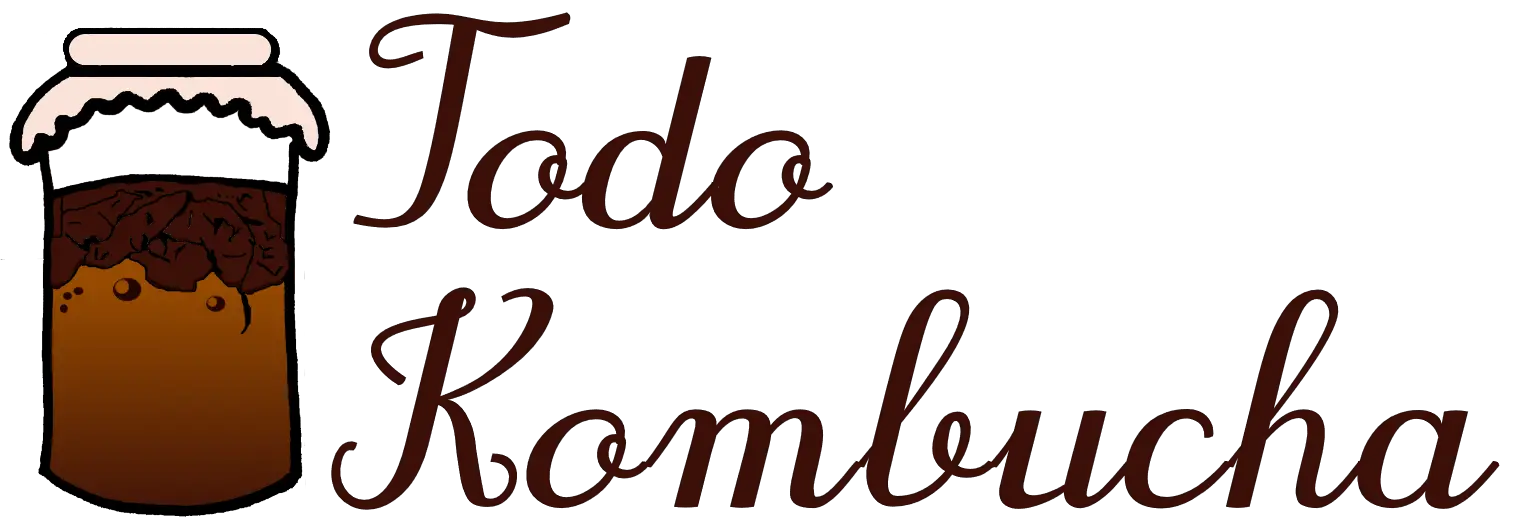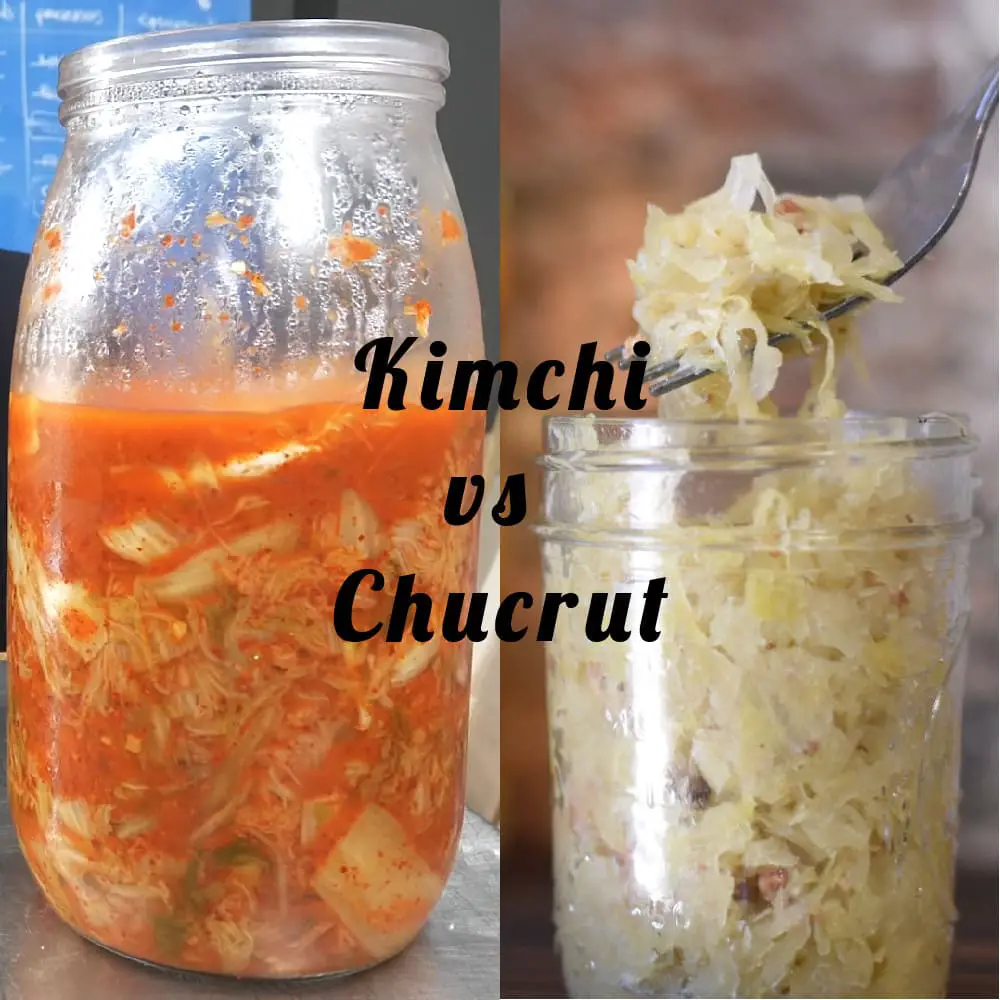Kimchi and sauerkraut are foods rich in probiotics, with the presence of lactic acid-producing microorganisms, where both have similar health benefits. Nowadays the possibility of using fruits and vegetables as a vehicle in the growth of probiotic microorganisms is given great value.
Both products are made by fermenting cabbage, which means they have a lot in common in terms of nutrients, taste, texture, and smell. They are foods that provide Vitamin C, minerals, and Calcium.
These foods are consumed for a long time starting from the Asian continent, in which the consumption of fermented foods had a great importance for the conservation of the same in especially cold times and thus make the most of its powerful nutrients and its probiotic contributions.
So it is important to know more precisely and in detail the similarity of both products such as their origin, elaboration and fermentation process, their microorganisms, benefits, their contraindications, their nutrients, flavor, color, texture, and aroma.
What do sauerkraut and kimchi have in common?
Kimchi and sauerkraut have certain characteristics in common, starting from their origin from the Asian continent, but in different countries. Both products start from the same raw material such as cabbages or cabbage, therefore it has a lot of similarity in its chemical composition. [1]
They are rich in probiotic lactic acid fermenters for food preservation and as a result obtaining different health benefits. [2]
These benefits help optimize the body, and there are even medical articles that describe its use to combat different diseases including diarrhea, ranging from diarrhea to cancer prevention.
As for their nutrition, both have high levels of vitamins and minerals that gives us strengthening in different tissues of the body such as nails, skin, hair, among other aspects of relevance.
What are the benefits of kimchi and sauerkraut?
The benefits obtained in general are:
1. They strengthen the immune system because they are foods rich in probiotics.
2. They are suitable for hypocaloric diets as they are rich in fiber.
3. They prevent intestinal cancer, due to the presence of glucosinolates transformed isothiocyanates, and protection of the intestinal mucosa.
4. They have antioxidant properties, eliminating toxins.
5. They are rich in Vitamins C and Calcium
6. Decreases intestinal infections by helping to balance and enhance the development of the bacterial flora of the intestine.
7. Helps digestion, cleanses the intestines thanks to its lactic acid content.
Contraindications of sauerkraut and kimchi
Like any other food, there are certain contraindications in the consumption of both foods that can turn the benefits into problems.
Sauerkraut and kimchi in view of starting from the same raw material that are cabbages or cabbages, there are bacteria that can become pathogenic, especially in sauerkraut where there is a bacterium called Mesenteroid Leuconostoc present in white cabbage, it is not recommended to consume in IMMUNOSUPPRESSED patients, because it causes infectious pictures in view of the fact that the defenses are very compromised or very deficient. [3]
Recommended dose to consume sauerkraut and kimchi.
Sauerkraut and kimchi can be eaten at all hours from breakfast to dinner as an appetizer, however, about 2 or 3 tablespoons a day for about 2 or 3 times a week is an adequate amount to consume.
Because they are healthy foods, which contain antioxidants and anti-inflammatory action, it is especially important to take care of the amount and not to abuse their consumption.
Are the probiotics of kimchi and sauerkraut the same?
These two foods are almost the same in terms of probiotics, in the case of kimchi one of the microorganisms with the highest productivity of lactic acid is the presence of lactobacillus Plantarum as well as sauerkraut found in napa cabbage or white cabbage, you can also find other microorganisms in similarity such as Weisella confusa.
Main differences: kimchi vs sauerkraut
It should be noted that between these two foods you will not find many differences in comparison such as kombucha, kefir, yogurt among other probiotics, due to their similarity in their chemical and physical characteristics.
Origin:
In sauerkraut, it comes from the Asian continent, exactly from China, which contrasts with what many say is from Germany, since in addition, Sauerkraut is a German word.
Kimchi is a type of food that was developed by farmers in Korea in which it began to be consumed more than 1,500 years ago. It is a Korean food.
Raw material and its preparation:
In sauerkraut, the raw material is white cabbage, it is a vegetable of the cruciferous family in which it has a high content of calcium and vitamin C.
The elaboration process: it starts with a base of white cabbage, cleaning the vegetable, then finely cut the fresh leaves, previously removing the stem, sodium chloride or salt is added to the fresh leaves so that it begins to ferment in an amount of 2 to 3%, then it is pressed with a heavy utensil to extract all the moisture and cover the cabbage strips completely and finally it is packaged in A glass container previously sterilized and covered so that oxygen does not enter the preparation.
Kimchi: the raw material used as the main ingredient is napa cabbage or also called cabbage.
The elaboration process begins with a base of dried nappa cabbage with salt, and accompanied by other raw vegetables in which the ingredients are cleaned, cut into a pickle, seasoned with spices, and stored in plastic or glass containers to keep at room temperature or in a special refrigerator for kimchi for 2 months or more.
Microorganisms present
In sauerkraut and kimchi, the probiotic bacterial colonies present in cabbages, producing lactic acid are Lactobacillus Plantarum and Mesenteroid leuconostoc that makes up the genus leuconostoc, belonging to the Streptococcaceae family, anaerobic bacteria. [4]
As for probiotic bacteria such as Leuconostoc species present in cabbage we also have the Weisella Confusa.
Fermentation conditions
For kimchi, a temperature between 25 and 28°C is required, and once the fermentation process begins, when bubbles form, it is placed in the refrigerator in a container with a time ranging from 3 months to 1 year.
For sauerkraut, the development of its microorganisms requires a temperature of 20 to 25°C with a fermentation time of 14 to 21 days. The fermentation process involves the sequential growth of various types of microorganisms.
In both it is very important as a fermentative element the concentration of salt or sodium chloride, if you add more salt than the necessary amount, they will inhibit the growth of these microorganisms and if they add a small amount you will result in the growth of other opportunistic and pathogenic bacteria.
Nutrients
Sauerkraut and kimchi have a high content per 100 mg: calcium with 47 mg and vitamin C with 32.2 mg, phosphorus with 23 mg and carbohydrates with 5.43 mg. It should also be noted that it has enough humidity at approximately 92%, low in calories. Compared to other vegetables this is considered high in vitamins and minerals.
Taste
Sauerkraut and kimchi have an acidic taste, unlike kimchi is a food more seasoned with spicy and other types of vegetables that also gives it a special flavor between salty and spicy.
Colour
In sauerkraut, it is white and turns a little yellowish.
In kimchi, it is reddish in color due to the pigmentation of paprika and hot pepper.
Texture
Both foods have a crunchy palate texture due to the presence of cabbages.
Aroma
Both have an acidic aroma, but not as much as vinegar, apart from that it also gives the impression that it was salty, however kimchi can be seen a smell of aromatic herbs.
In summary, we will clarify some ideas of the main differences in a comparative style chart to make it more concise for readers.
| FEATURES | KIMCHI | SAUERKRAUT |
| Origin | Korea | China |
| Raw material | Cabbage napa or cabbage | White cabbage |
| Microorganisms | Bacteria and yeasts | Bacteria and yeasts |
| Fermentation time | 3 months to 1 year | 14 to 21 days |
| Fermentation temperature | 25 to 28°C | 20 to 25°C |
| Taste | Sour and spicy | Acid |
| Aroma | Acid and even aromatic herbs | Acid, impresses salty |
| Colour | Reddish | Brown or reddish |
| Texture | Crusty | Crusty |
| Nutrition | Low calorie (high in vitamins and calcium) | Low calorie (high in vitamins and calcium) |
| Composition | Solid by the presence of cabbage | Solid by the presence of cabbage |
| Recommended dose | 2 to 3 tablespoons a day for 2 to 3 times a week. | 2 to 3 tablespoons a day, for 2 to 3 times a week |

